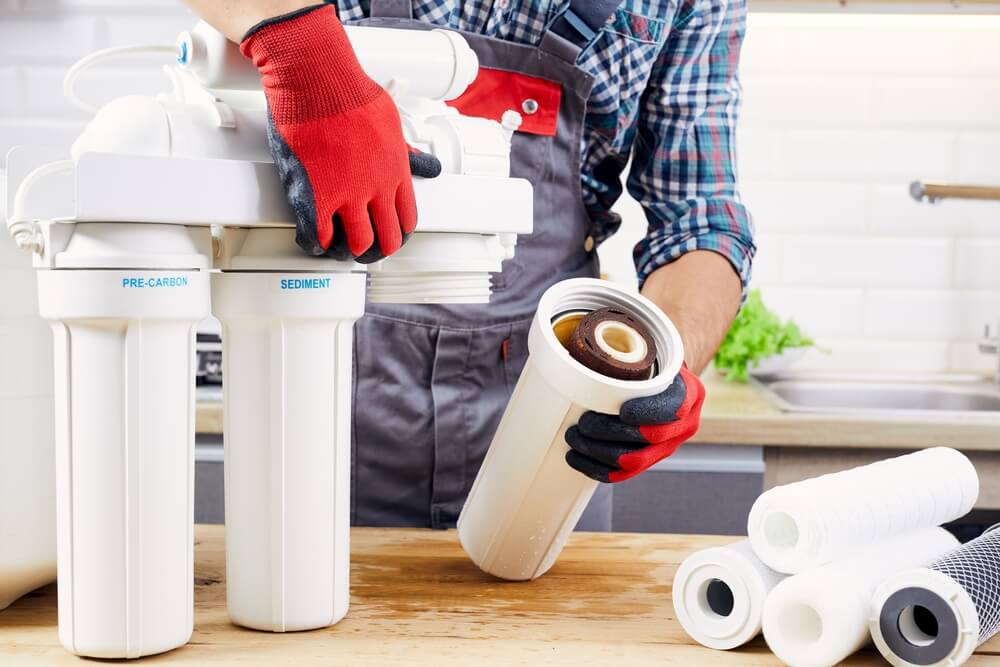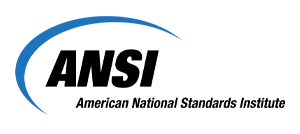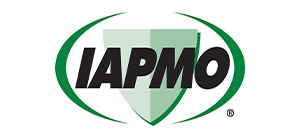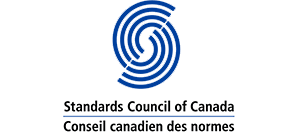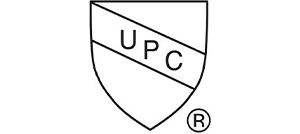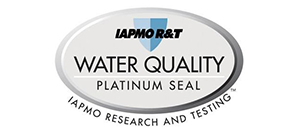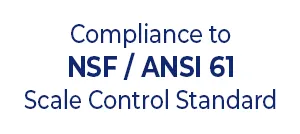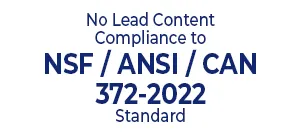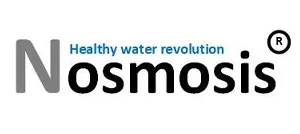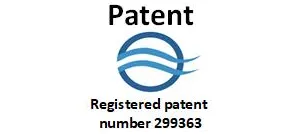Why TipaTech Takes a Smarter, Safer Approach to Water Filtration
Reverse osmosis (RO) is widely recognized for its ability to filter out harmful contaminants. However, it’s not without controversy—particularly regarding what it also eliminates. One of the most important questions often asked is:
Does reverse osmosis remove the minerals your body actually needs?
The answer is yes. RO systems remove nearly everything from water—including beneficial minerals such as calcium, magnesium, and potassium. For health-conscious consumers and sustainability advocates, this raises serious concerns.
What Happens to Minerals During Reverse Osmosis?
Reverse osmosis works by pushing water through a semipermeable membrane with microscopic pores, typically as small as 0.0001 microns. While this barrier is highly effective at trapping contaminants such as heavy metals, pesticides, and pathogens, it also removes naturally dissolved minerals.
These include:
- Calcium
- Magnesium
- Sodium
- Potassium
The result is chemically “pure” water—but also demineralized water. This type of water often tastes flat and may negatively impact the body’s electrolyte balance over time.
According to the World Health Organization, long-term consumption of demineralized water may be associated with increased risks of cardiovascular disease, fatigue, and mineral deficiencies due to the loss of essential electrolytes (WHO, 2005).
Why Mineral Retention Matters for Health
The minerals found in drinking water are naturally bioavailable, meaning they are absorbed more easily than those in food-based supplements. Among them, magnesium plays a particularly important role in:
- Regulating heart rhythm
- Supporting muscle and nerve function
- Facilitating cellular signaling
- Strengthening bones and teeth
Reverse osmosis water, however, contains almost no magnesium unless it is artificially added back in—usually requiring additional equipment, higher energy usage, and increased maintenance costs.
A 2022 study published in Environmental Science & Technology found that RO-treated water contains less than 10% of the mineral content found in municipal tap water (Larsen et al., 2022).
The TipaTech Approach: Keep the Good, Block the Bad
At TipaTech, we believe water filtration should improve your health—not compromise it.
That’s why we developed the LotusDY under-sink system and the T-18 whole-house system to take a more intelligent, health-centered approach. Our systems are engineered to:
- Reduce harmful contaminants without over-stripping the water
- Retain naturally present minerals like calcium and magnesium
- Offer user-controlled mineral balancing via LotusDY’s patented TDS adjustment button
- Operate with zero water waste and no electricity
- Vent harmful undissolved gases (e.g., radon, chlorine, hydrogen sulfide) before they reach your tap—something most sealed RO systems cannot do
According to Baruch Ziser, TipaTech founder and lead filtration scientist:
“We don’t believe in stripping water down to an empty shell. Our goal is intelligent filtration—preserving what’s healthy, removing what’s harmful, and protecting your plumbing, your appliances, and your body.”
RO vs. TipaTech: A Smarter Way to Clean Water
| Feature | Typical RO System | TipaTech LotusDY + T-18 |
| Removes essential minerals | Yes | No |
| Adds back magnesium | Not standard | Adjustable |
| Energy use | Requires electricity | No electricity required |
| Water waste | Up to 5x more waste | Zero water waste |
| Gas release | None | Patented gas venting system |
| NSF/IAPMO Certifications | Varies by model | NSF 42, 61, 372 certified |
According to NSF International, filters used for drinking water should be certified to protect public health while maintaining the water’s beneficial properties (NSF, 2023).
Final Thoughts: Don’t Throw Out the Minerals with the Contaminants
Reverse osmosis may sound like the gold standard in water purification, but its tendency to over-filter can result in more problems than it solves. While it has value in situations involving extreme contamination, RO is not always ideal for everyday drinking water—especially when more advanced, mineral-conscious alternatives exist.
TipaTech offers a smarter path forward.
Our LotusDY and T-18 systems provide the protection of advanced filtration—without stripping away what your body needs. Designed to be eco-friendly, mineral-smart, and backed by science, our systems deliver water that’s not just clean, but complete.
Because water shouldn’t just be pure—it should be alive.
References:
- World Health Organization. (2005). Nutrients in Drinking Water. https://www.who.int/water_sanitation_health/dwq/nutrientschap12.pdf
- Larsen, T. A., et al. (2022). The Impact of Reverse Osmosis on Mineral Content in Drinking Water. Environmental Science & Technology. https://pubs.acs.org/doi/10.1021/acs.est.1c08697
- NSF International. (2023). NSF/ANSI Drinking Water Treatment Units Standards. https://www.nsf.org/consumer-resources/articles/water-filters
